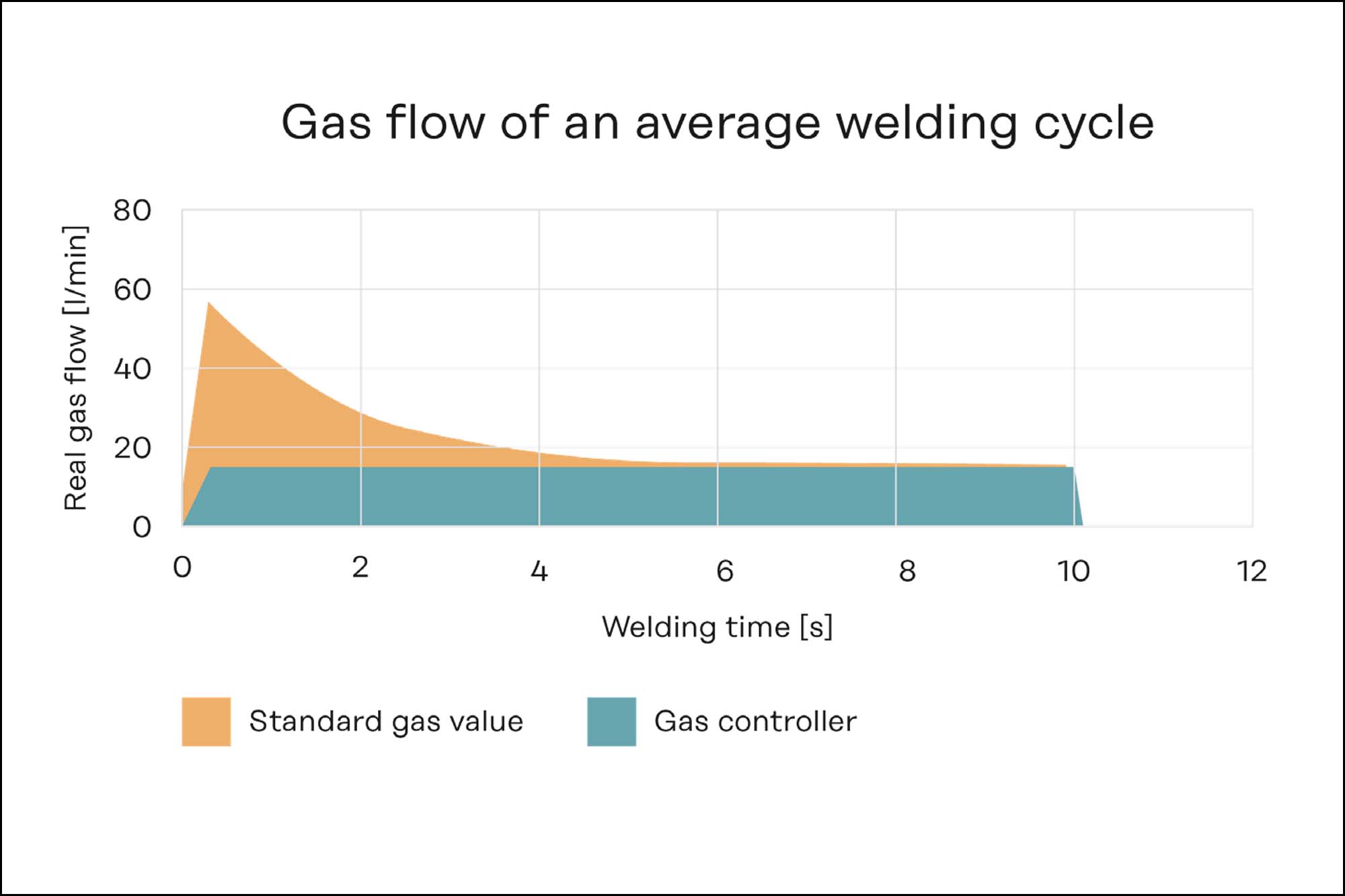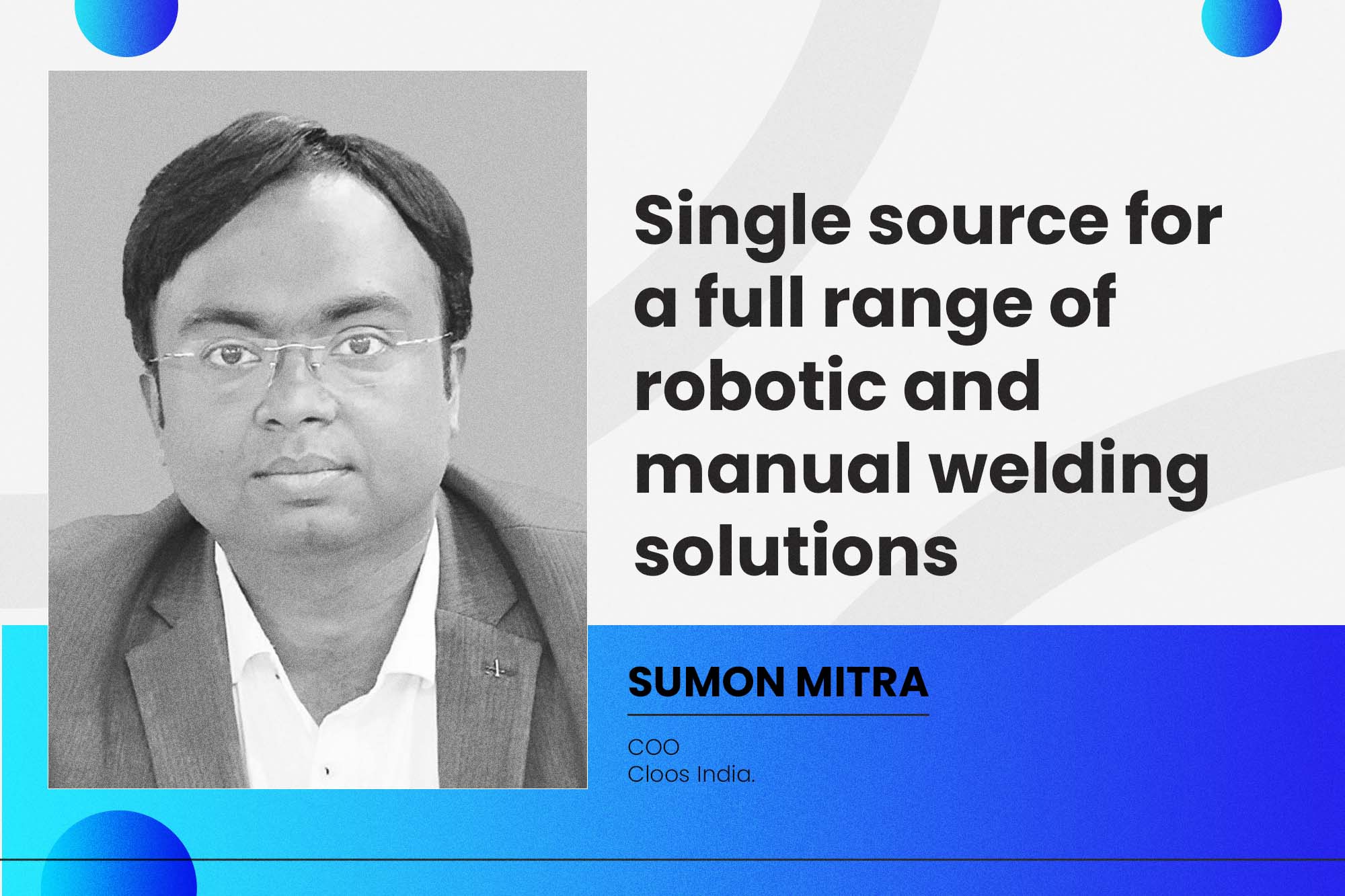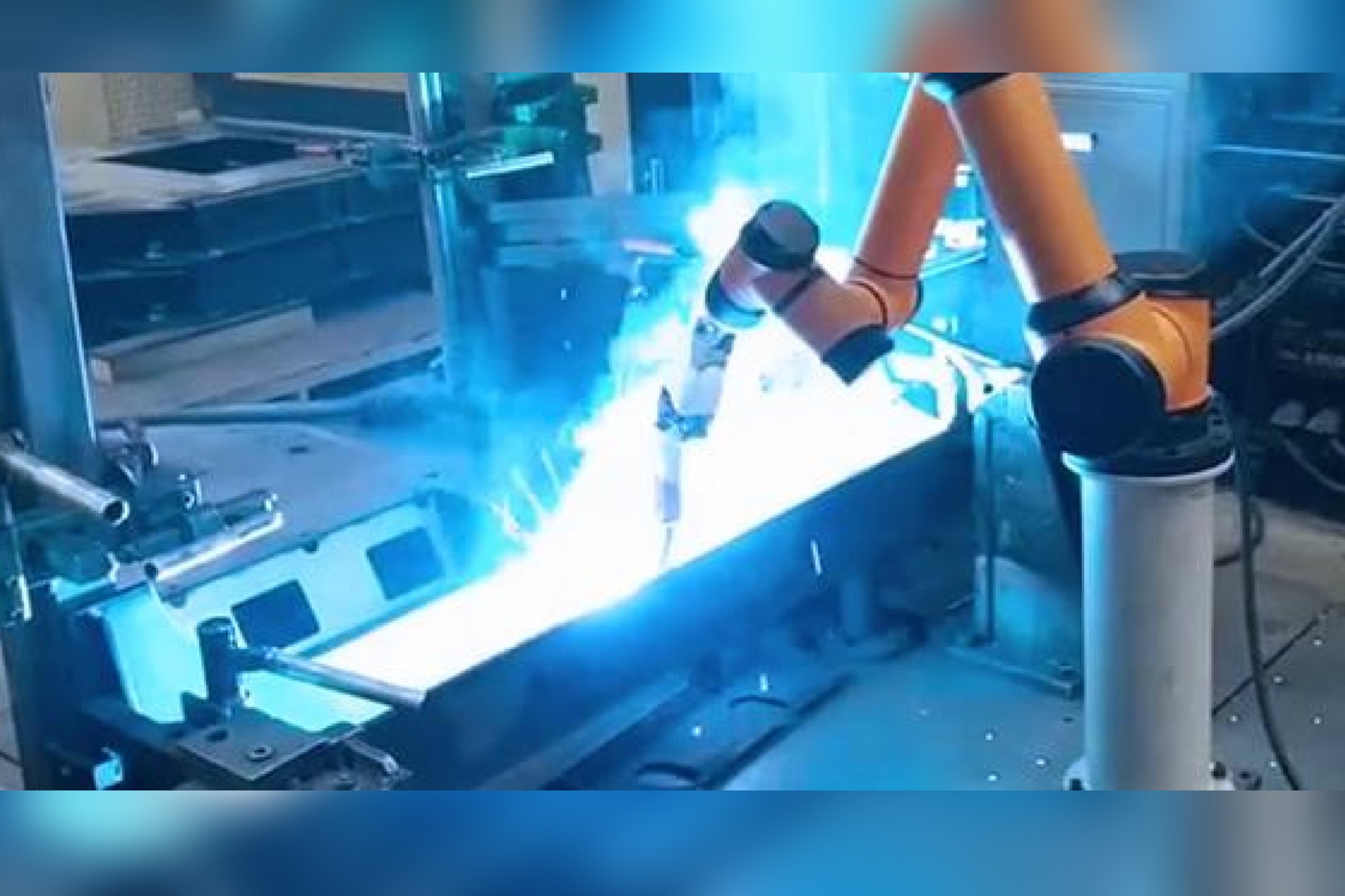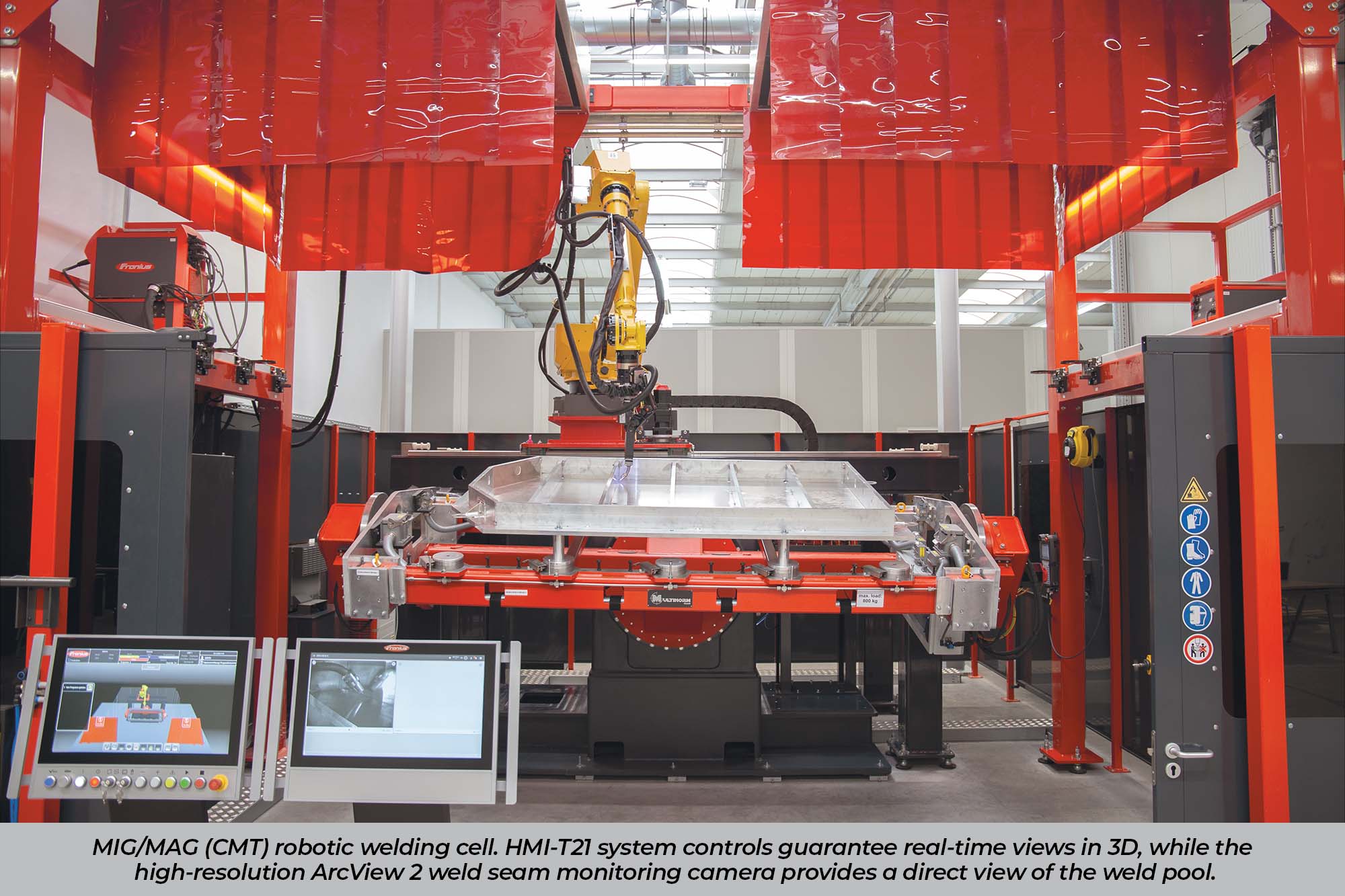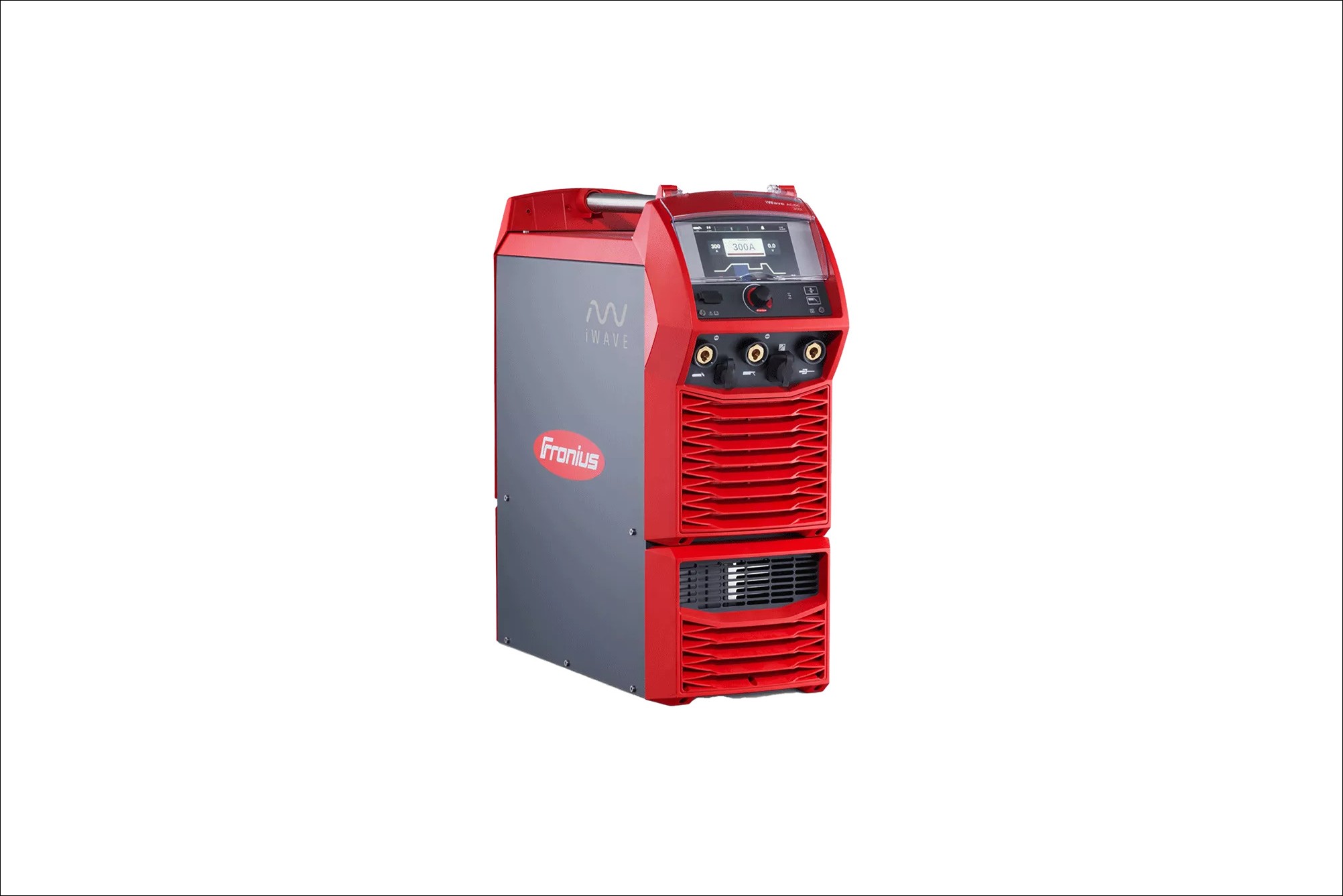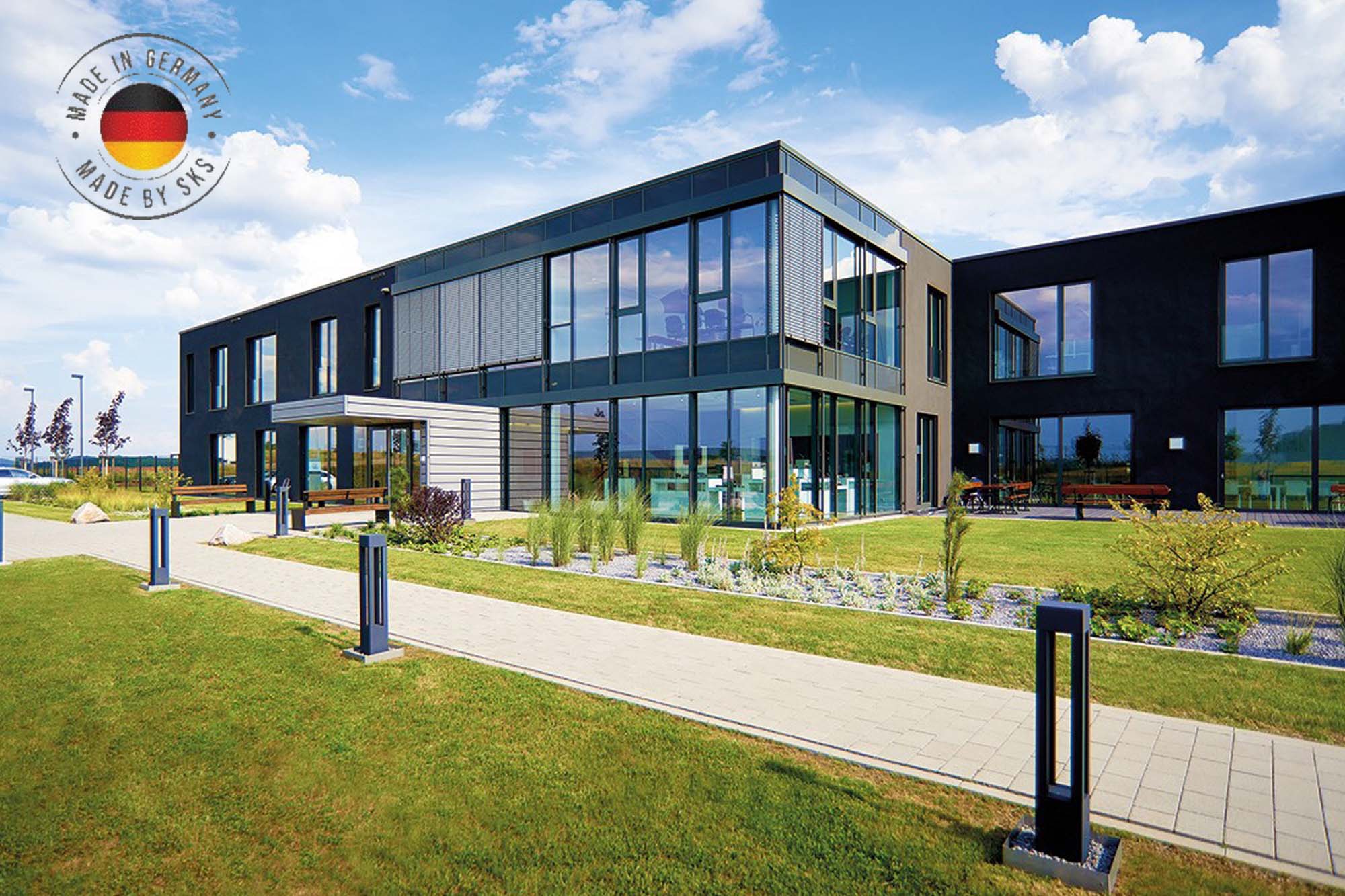Welding of High Temperature Alloys
By admin July 21, 2011 7:36 am IST
This article gives an overview about welding of high temperature alloys. When we speak about high temperature alloys than we can say, these are alloys which will be applied at service temperatures above 500 °C.
This article gives an overview about welding of high temperature alloys. When we speak about high temperature alloys than we can say, these are alloys which will be applied at service temperatures above 500 °C. The service temperature range in which the common high temperature alloys are applied is shown in Fig. 1.
Typical ApplicationsTypical applications for HT alloys are in thermal power plants, furnaces and ovens, in waste incineration, chemical and petrochemical plants and gas turbines. As in general higher operation temperatures in process plants give a higher efficiency, research is done to increase the maximum service temperature of the engineering alloys. In recent years, for example, in the ferritic martensitic Cr-Mo creep resistant steel family alloy P92 was developed and in the high temperature nickel base family alloy 602CA.
Requirements for HT AlloysThe maximum allowed service temperature for high temperature alloys is given by their physical and metallurgical properties as: creep resistance, high temperature-hot gas corrosion resistance (oxidation resistance, resistance to carburization, sulphidation), thermal conductivity, thermal fatigue and thermal shock resistance. For engineering calculations of components up to about the recristallisation temperature (Tk ~ 0.4*Ts, in °K), the hot tensile strength is used and above Tk the creep rupture strength is used. For standard engineering alloys the melting temperature is about 1,400° C, i.e. about 1,673° K. This means above Tk=670° K, i.e. 400° C for calculations the creep rupture strength should be used. But with special alloying elements this temperature can be increased to about 600° C in some high temperature nickel base alloys.
Temperature Ranges for CalculationIn Fig. 2 the temperature range, up to which the short time temperature strength can be used (up to about 510° C), is indicated. Above 510° C for alloy 600H the long time creep rupture strength has to be used for calculation. In [1] K. Drehfahl gives details for the designing of components exposed to high temperatures.
The creep rupture strength of different engineering alloys is given in Fig. 3. This figure also indicates in which temperature range special HT alloys can be used with respect to their creep rupture strength. Special high temperature austenitic stainless steels can be used up to 750 °C. Above 750 °C is the special temperature range for the application of nickel base alloys. But not only the creep rupture strength but the high temperature or hot gas corrosion resistance has to be considered for the selection of a HT-alloy for special service applications. Some explications about mechanical testing of HT-alloys
Mechanical Tests for HT AlloysAs already mentioned the creep rupture strength, in general after 100.000h, is the strength used for engineering calculations of components exposed to high temperatures.
Creep Rupture TestsTo determine the creep rupture strength, tensile specimens are put in an oven and loaded with a given weight. Then the time until rupture is determined. Measured rupture times up to 30.000 h are required to extrapolate up to the creep rupture strength Rm for 100.000 h (~11 years) rupture time. This means these tests are very time consuming and expensive. An extrapolation with Larson-Miller diagrams allow to determine the creep rupture strength from higher temperature short time results to ‘lower’ temperatures and longer times. Figure 4 gives a comparison of HT alloys in a Larson-Miller diagram.
To determine the long time ductility, samples of the HT-Alloy to be tested are aged over a given time period at a given temperature in an oven. After that time, impact specimens are machined from these samples and tested at room temperature. Graphs, with a series of results for different temperatures and different times, indicate at which temperatures and after which times precipitations, lowering the ductility, will occur. In Fig. 5 long time ductility tests for weld metals ERNiCr-3 are shown.
Welding of HT AlloysFor the selection of filler metals to weld HT-alloys the following requirements have to be taken into account:• Creep rupture strength• High temperature long time ductility• High temperature or hot gas corrosion resistance• Thermal expansion coefficient
In general it can be said that HT-alloys have to be welded with matching filler metals. This is not in each case possible, as not always matching filler metals exist and as matching filler metals for some HT-alloys require slight modification to give improved ductility. For some HT-alloys the matching filler metal would be prone to hot cracks. Also, it has to be taken into account that the weld deposit shows a micro structure more similar to castings than to hot rolled plates or pipes.
Cookie Consent
We use cookies to personalize your experience. By continuing to visit this website you agree to our Terms & Conditions, Privacy Policy and Cookie Policy.





